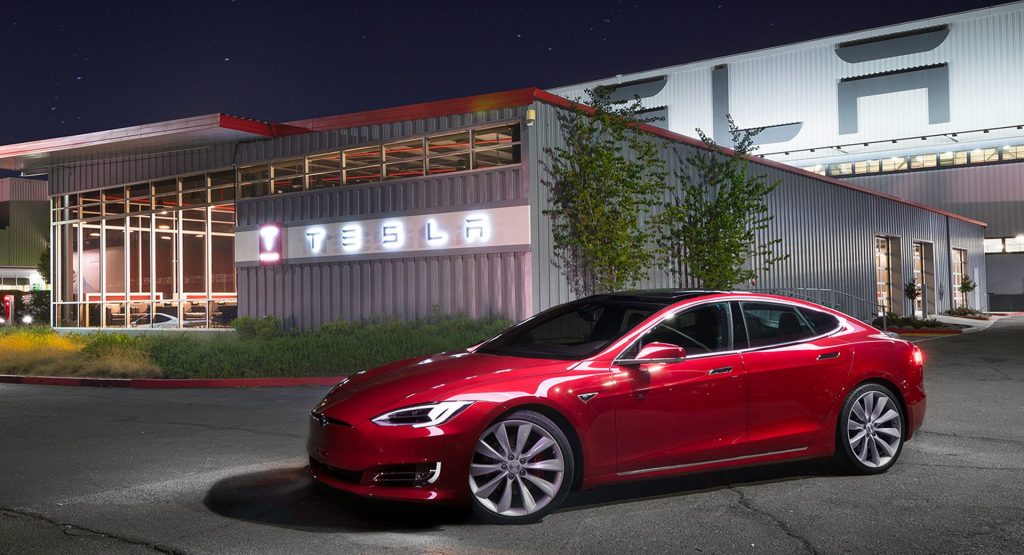A family was left stranded in the middle of a road trip when certain features of their Tesla stopped working, including the ability to use the company’s Supercharger network.
This complaint was received from Rich Rebuilds, a YouTube channel about rebuilding cars like the Tesla Model S.
The car, which is not specified if it’s a Model S or Model X, was bought from a salvage auction with a damaged door and fender. According to the owner, the damage was so light that the airbags didn’t even go off, so the car was allegedly totally roadworthy once a new door and fender were installed.
Once repaired, the Tesla was working as it should according to the owner, receiving over-the-air updates and being able to charge at the company’s Superchargers network.
The issues started when the owner took the car to the service center to get some warranty work done to it before taking the family on a long road trip. The car was accepted and the owner even got a Model X as a loaner.
Tesla’s official policy on salvaged cars is that it considers them as unsupported, meaning that the cars are not accepted for service, are not eligible for over-the-air updates and are not allowed to use the Supercharger network among other things.
Apparently Tesla’s HQ notified the service center of the vehicle’s salvage status, which then tried to charge the owner for the work they’ve done to it, since the warranty is no longer applied. Eventually the service center agreed not to charge the owner for their work and he got his car back.
The family left that weekend to head to California, but after six hours into the trip the car stopped showing the location of Tesla’s Superchargers. Using a map on a smartphone, they located the nearest Supercharger, only to find out that their car refused to charge. Sounds like the perfect nightmare scenario: being stranded hours away from home with a car that won’t go anywhere and the kids going crazy.
Read Also: Tesla Model 3’s Frunk Is Perfect For Changing Your Baby’s Diaper
The owner then called the service manager in order to fix the issue, where he learnt that Tesla won’t do anything unless they paid to get their car rectified, with the price of the re-certification being north of $10,000. Eventually the car had to be towed 100 miles to a friend’s house and the family rented a car to complete their road trip.
Personally, I don’t think that Tesla is the only one to blame here. The owner should have paid more attention to the fine print of owning a salvage-title Tesla and Tesla should have blacklisted the car the moment it left the service center, notifying the owner at the same time. Both parties are in fault here and if there’s a moral in the story is this: don’t buy a salvage-title Tesla, unless you’re prepared to live outside the company’s official infrastructure.








